|
Genres, Themes, Actors, and Directors:
- Coming of Age
- Expatriates
- India
- Jean Renoir Films
- Love Triangle
- Veterans
Response to Peary’s Review:
Peary writes that “Jean Renoir’s lyrical film about an English family living in Bengal, on the Ganges” — based on a semi-autobiographical novel by Rumer Godden, who co-wrote the screenplay with Renoir — “deals with the merging of cultures” and “how these four young characters” (Walters, Breen, Corri, and Radha) “overcome their various forms of self-hatred.” He points out “it is beautifully shot by the director’s nephew Claude Renoir” and “there are some powerful passages,” with Walters giving “a lovely performance”:
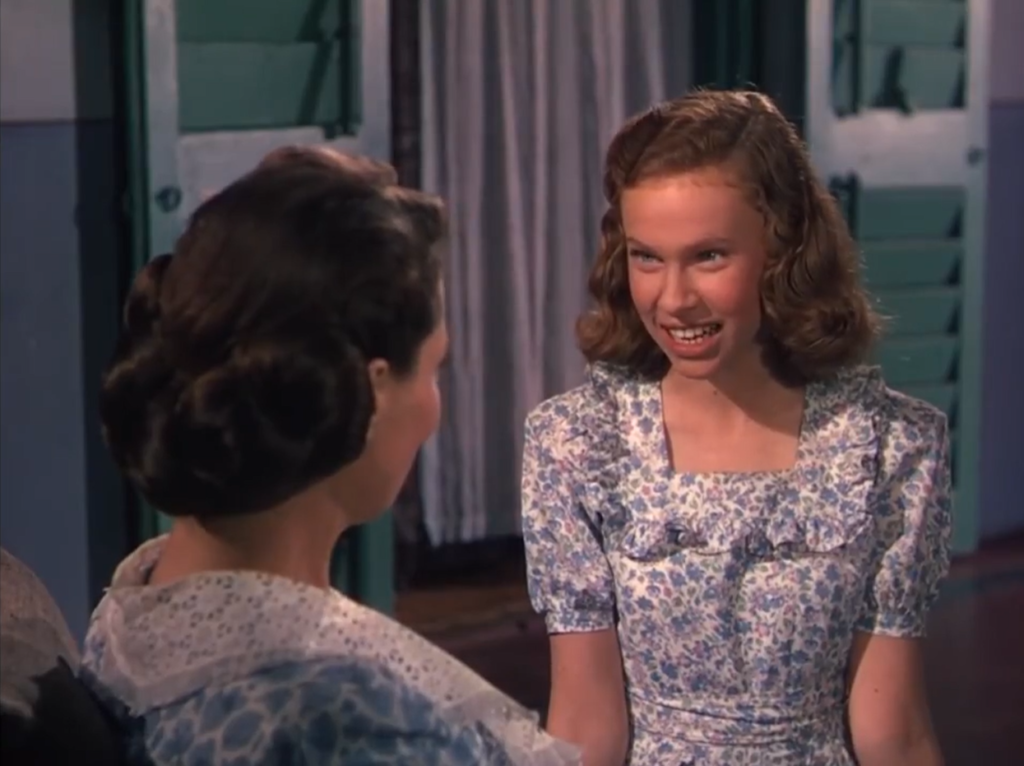
… but he argues, “I don’t like the characters, and I believe that half the cast should have been replaced and that more emphasis should have been placed on how India affects the family.”
Peary’s complaints are rather broad and difficult to challenge. However, knowing the history of the film — that it was made with a number of non-actors (Walters, Breen, Radha), funded by an L.A. florist, and filmed on location in India for the first time (for a Hollywood movie) — adds to its unique stamp in world cinema; it’s especially noteworthy that Satyajit Ray was Renoir’s Assistant Director.

It seems that Godden’s intent (unnecessarily reinforced through an earnest voiceover) is simply to show a coming-of-age tale with all its emotional complexities and uncertainties, and to that extent it’s reasonably successful.
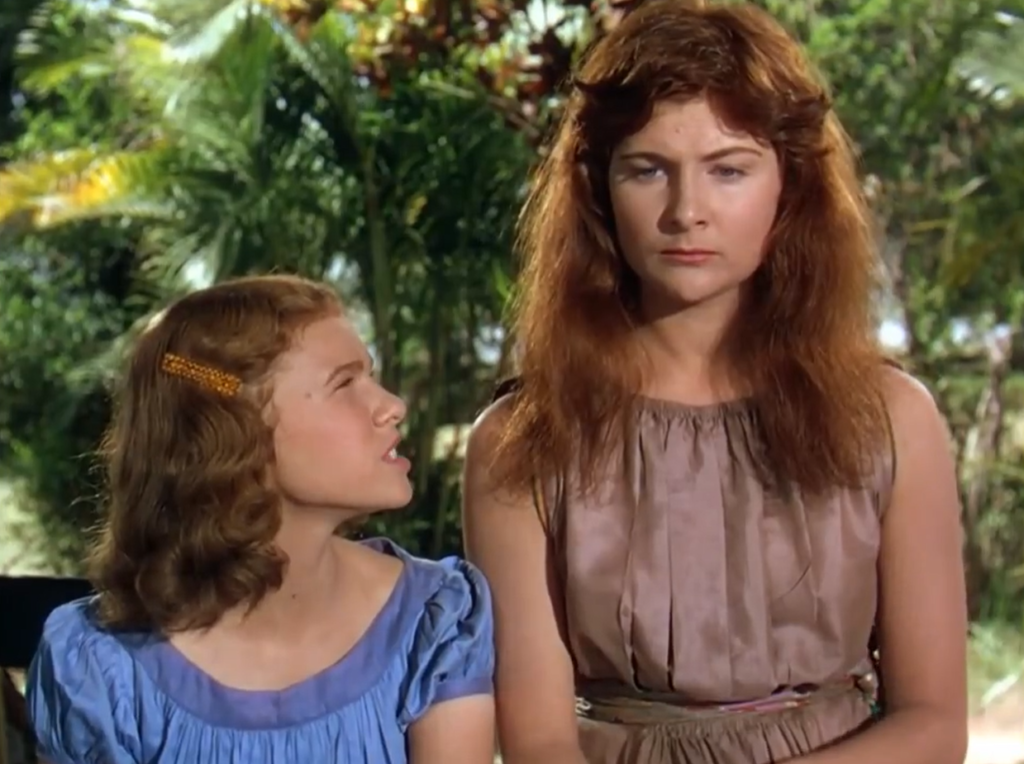
Meanwhile, there are numerous beautifully filmed sequences showing daily life in India, which must surely have been revelationary for viewers at the time. Indeed, Martin Scorsese’s 12-minute discussion of seeing the film as a child and the enormous impact it had on him is quite touching and worth seeking out, either on the DVD or on YouTube.
Notable Performances, Qualities, and Moments:
- Fine location shooting in India
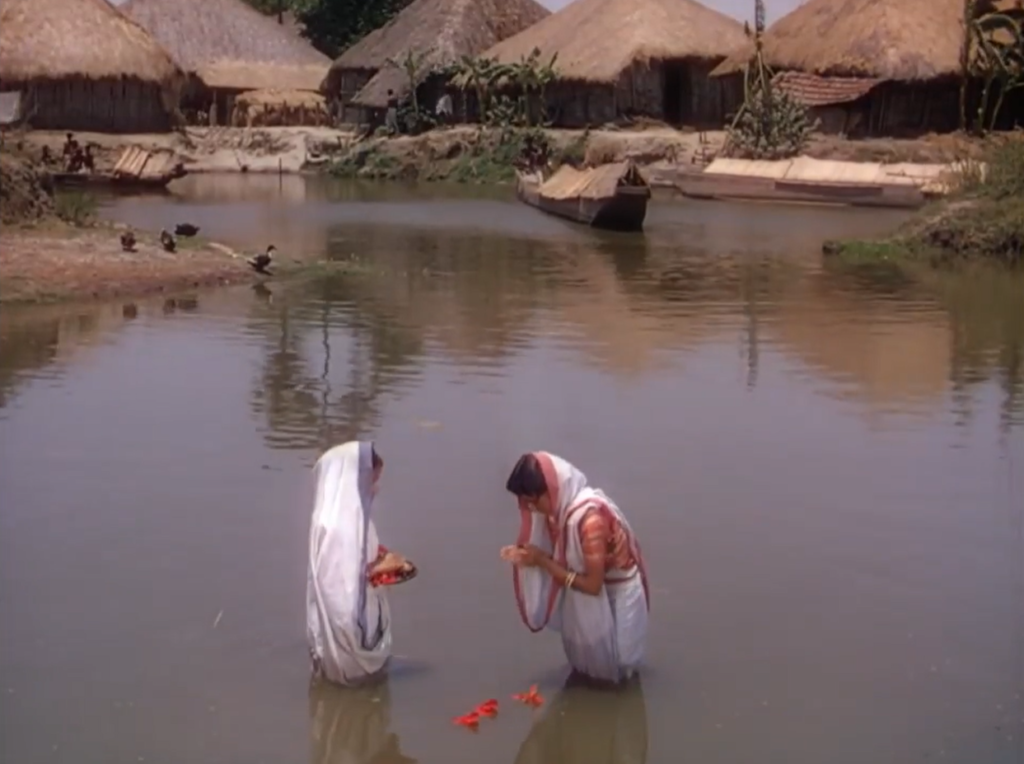

- Claude Renoir’s beautiful Technicolor cinematography
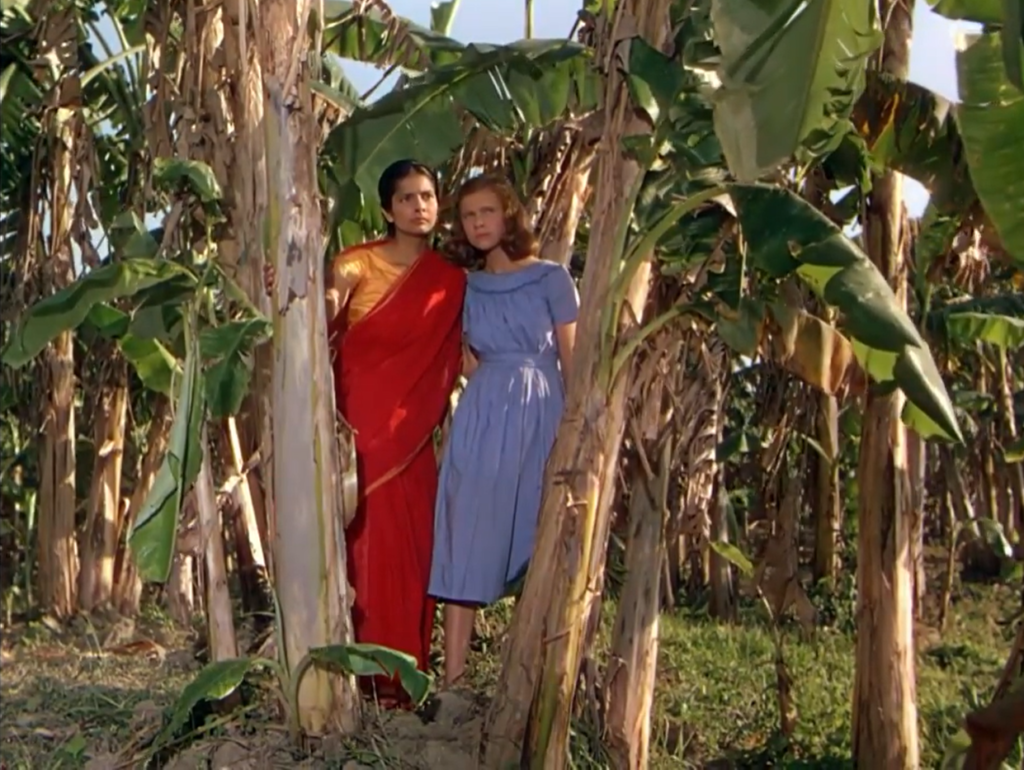
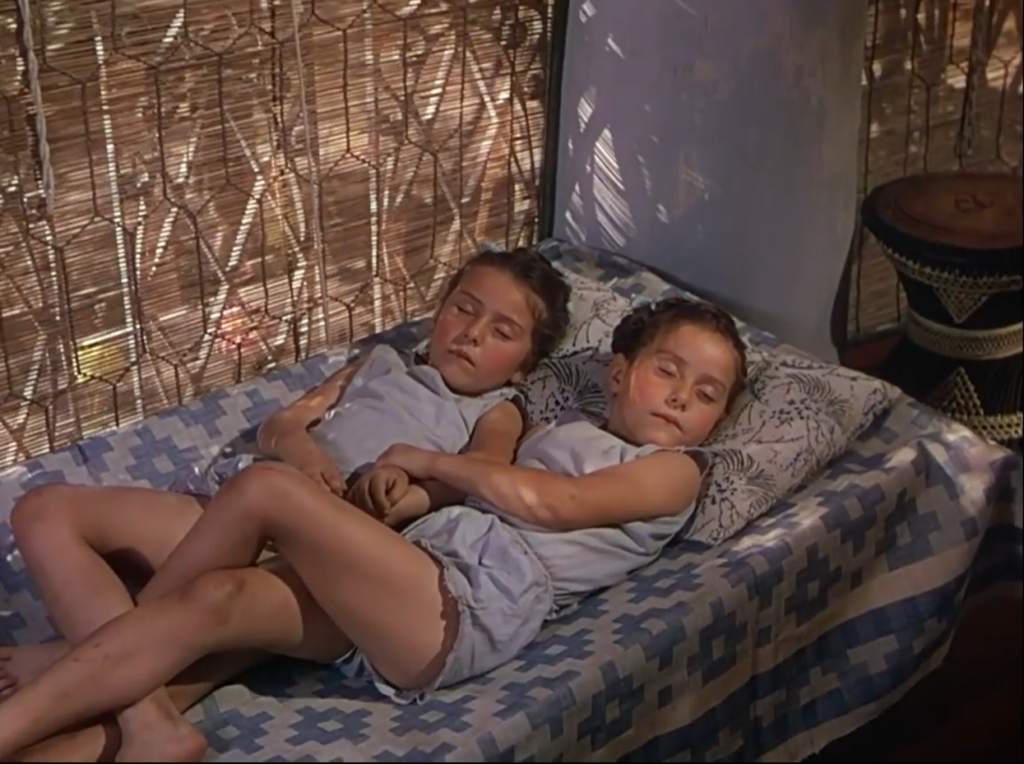
Must See?
No, but it’s recommended for one-time viewing.
Links:
|
One thought on “River, The (1951)”
First viewing. Not must-see, though ffs with an interest in Indian culture will want to check it out.
The particular challenges in its making (as noted) led to the result of a film that has an awkward tone overall (none of which is helped much by the over-use of narration). Apparently Renoir was determined to make the film in spite of what would compromise it. One senses that, under other circumstances, it might possibly have been a better film.
As it is, it has moments – but it’s a spotty affair.
A particularly disappointing moment comes at the end when the three young girls each get a letter from John and, as they begin reading them, there’s the sound of a new baby crying. The girls move toward the sound – and each of them purposely lets their letters fall to the ground (!). The action feels needlessly ‘dramatic’ – a weird coda to all that went before, and sort of suddenly heartless, really.